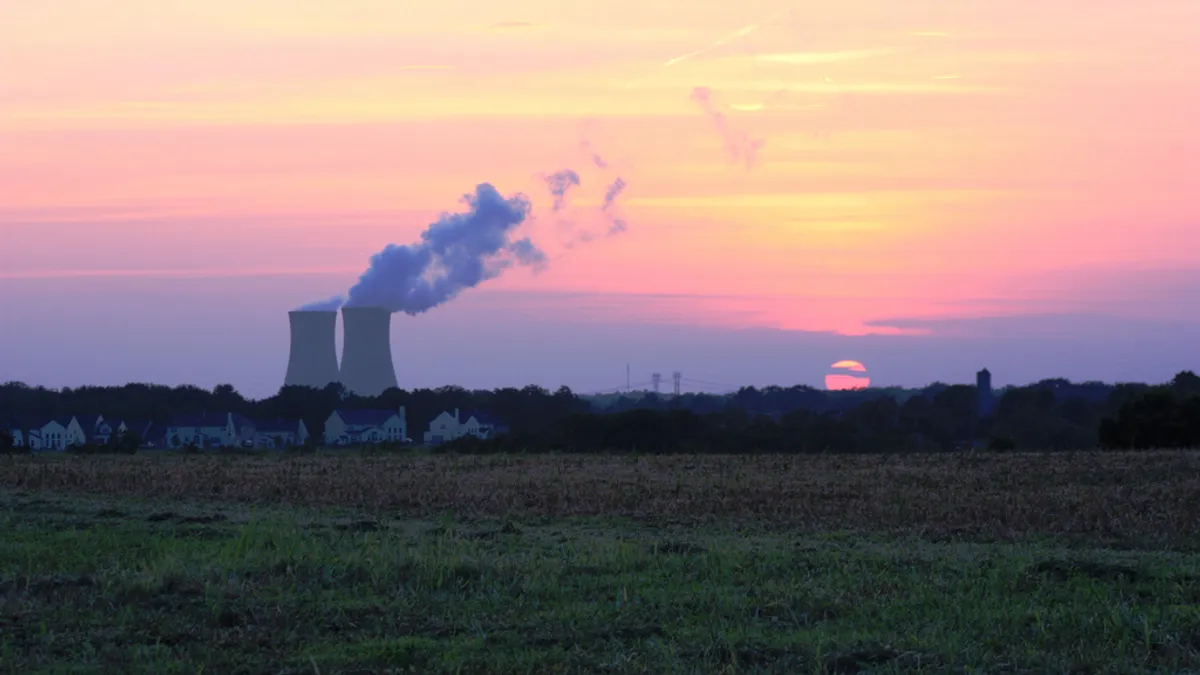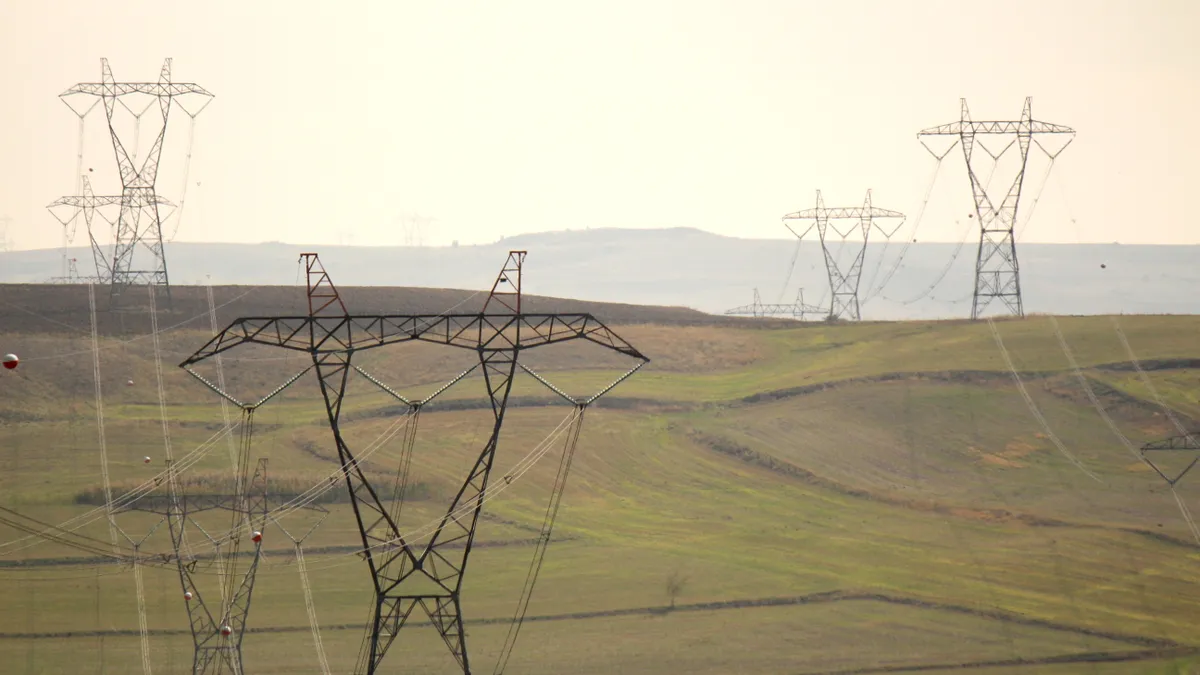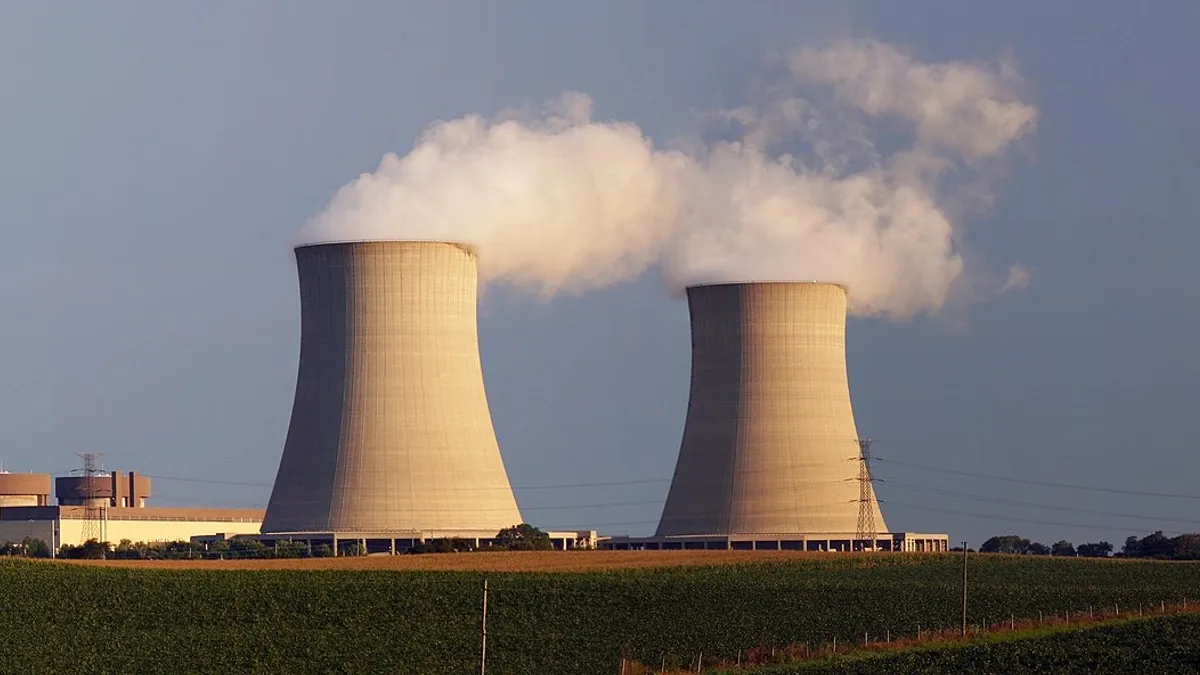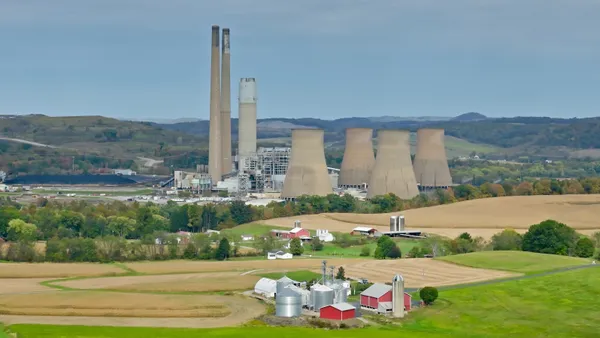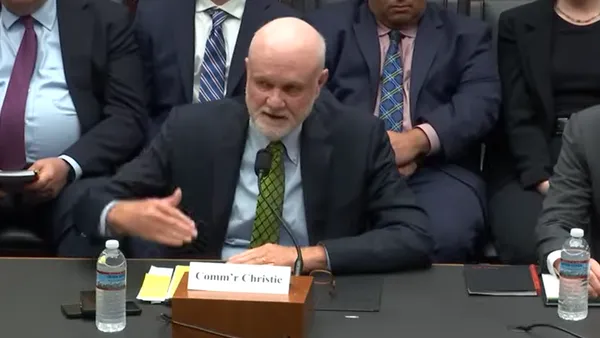Dive Brief:
- Retirements of much of the U.S. nuclear energy fleet could make it much more difficult for the nation to meet its carbon reduction goals outlined in President Obama's Clean Power Plan, according to a new report from moderate think tank Third Way.
- Under a worst-case scenario in which no licenses are extended, nuclear generation would decline precipitously and emissions would revert back to peak 2005 levels. While the growth of renewable energy would remain strong, natural gas would primarily replace the shuttered nuclear plants, according to the report.
- The report, however, did not examine nuclear energy's market problems beyond licensing, and only based its renewable energy growth projections on existing state mandates, which critics say likely underestimates its growth in coming decades.
Dive Insight:
There are five nuclear plants under construction in the United States right now, and about 104 GW of capacity already online. Those plants will be vital to meeting the Obama administration's Clean Power Plan goals, a new report finds, despite concern from the industry that the emissions reduction strategy isn't properly valuing their generation.
Third Way examined three scenarios in its study: One in which all nuclear licenses are extended to 60 years; one in which reactors are not extended after their 40 year terms; and a complete phase-out that leaves just the under-construction plants operating in 2025. While the worst-case scenario is unlikely, the research showed it would skyrocket emissions levels back a decade and bring massive amounts of gas generation online.
"The overwhelming majority of U.S. nuclear energy capacity would be replaced by natural gas, resulting in a significant increase in carbon emissions," the study concluded. "If America’s nuclear plants begin retiring in droves, achieving the Clean Power Plan emissions reductions could be impossible."
Even with all plants operating 60 years, including those currently at risk of retirement, more work needs to be done. Without factoring in efforts to meet CPP goals, even under the optimistic license-extension model, Third Way found emissions would grow about 5.5% from 2012 levels due to growth in U.S. electricity demand and would leave the country's emissions about 20% above targets.
Under the second scenario, where reactors retire after their initial 40-year license expires, emissions would be 12.5% higher in 2025 the study concluded.
"If the U.S. nuclear fleet were phased out entirely ... emissions would be 17% higher in 2025. Those increases translate to an additional 269-360 million metric tons of CO2 compared," the report found. "Those are enormous increases, equivalent to adding up to 76 million cars to the road, or about 30% of vehicles registered in America today. Under both scenarios, 2025 emissions would revert to close to 2005 levels, undermining progress towards a lower-carbon energy system."
While those predictions may seem dire, there are some caveats, Greentech Media points out.
Nuclear energy's problems extend far beyond licensing issues. Cheap natural gas and wind energy, for instance, are making a number of existing nuclear plants unprofitable, pushing Exelon to petition Illinois lawmakers for taxpayer support for its fleet in that state. Legislators balked at that request, and now Exelon may need to close one or more of its plants in coming years after three of them failed to clear a PJM capacity auction last month.
Beyond that, critics say the study includes unrealistic estimates for the role of renewable resources in the power mix in coming years. While Third Way's analysis based renewables growth on existing state mandates, Greentech reminds us that large companies, utilities and municipalities are increasingly turning to renewables — not because they have to, but because clean energy is becoming the cheapest option. If more renewable generation is added to the mix, and less natural gas, it could help diminish the emissions impact of nuclear plant retirements.



